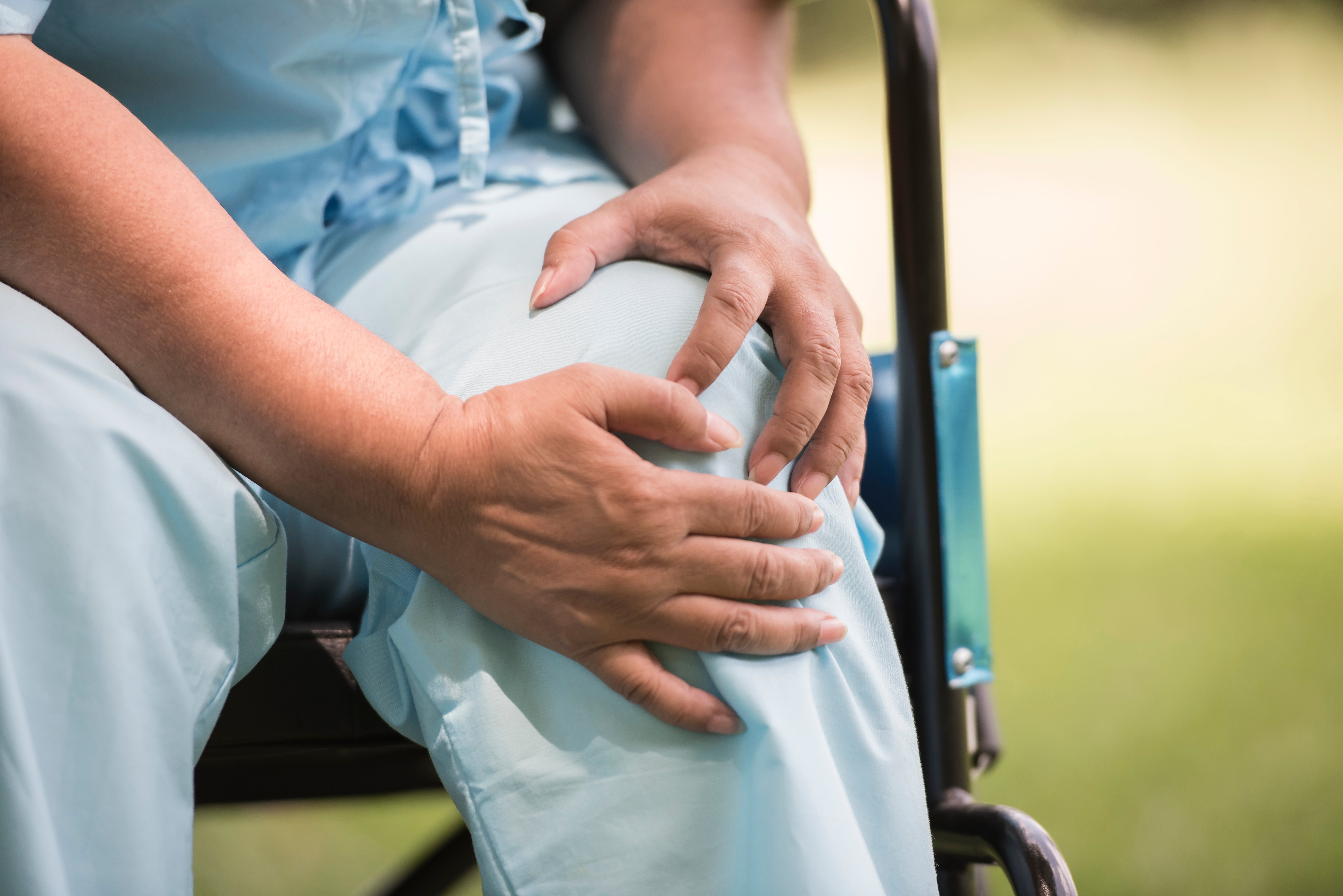10 Ways to Prevent Edema with a Spinal Cord Injury

The double feature that is a spinal cord injury can have an array of backstage actors said nobody wants to see on-camera, and one of the worst actors is edema or simply known as "puffy feet." Caused by the immobility of paralysis, the fluids and blood in the body can flow much less in the lower body causing the feet and ankles to swell.
These body fluids will literally have a traffic jam, and it can take hours for the puffiness to go away once you follow the right protocols. Also, many, don't experience edema right away after an injury. It can come years later, which makes it a truly pesky condition. But do not lose hope. There are several things you can do to limit the signs of edema even if it is an inevitable condition. See some of the best prevention methods for edema below.
https://www.facebook.com/groups/SCPSUSA/permalink/3332443737010750/
10. Compression Stockings
The long white socks you'll see many people donning in rehabilitation are known as compression stockings or TED hose, but these are something that you can take home and wear on a regular basis. They have various styles and colors to make them more suited for life outside the hospital. Their ability to prevent edema is thanks to their tightness, which helps clench the veins and fluids in the puffy areas of the legs, helping them move back upwards. You can also buy compression stockings at any pharmacy or online at most rehabilitation stores, and on Amazon. You can also get a prescription from your doctor.
9. Exercise
A simple solution you can utilize to prevent edema is exercising. Roughly 20 to 60 minutes of cardio 3 to 4 times a week can make a huge difference in how much swelling you experience in your feet and ankles. And if you're unable to move on your own, consider purchasing an FES (functional electronic stimulation) bicycle for home use. These can electrically stimulate the muscles in your legs, helping you pedal a stationary bike.
8. Eat Less Salt
High sodium consumption, aka salt, can be a huge cause of edema. By lowering your salt intake, you can put a big dent in edema. Instead of adding salt to your food, try adding fresh herbs, or spiciness if you can handle it, like cayenne or chili garlic sauce. Vinegar-based condiments can also be a great way to season your food without using salts, such as kimchi, sauerkraut, or any kind of relish.
7. Lower Usage of Gabapentin
If you're taking the medication gabapentin for nerve pain, it could be causing increased edema. Many people who take gabapentin on a regular basis report they’ve noticed an increase in edema. If you're able, try lowering your intake of gabapentin to see if it lessens the effects of edema.
6. Raise Your Feet
When you're in bed, or if you're able to during the day, raise your fee so that they’re higher than your heart. This helps the fluids in your lower body move back to where they belong in your body. It can take several hours, but this method works very well and if it is done when you sleep every night, can make an impactful difference.
5. Drink More Water
It may seem counter-intuitive since some of the fluids in the body causing edema are made up of water, but drinking plenty of water on a regular basis can be incredibly helpful in preventing edema. This means the recommended 8 cups a day to make an impact. And if water is too hard to drink in that quantity each day, drinking juice or tea is ok as well (just no soda or coffee).
4. Water Pills
Also known as diuretics, water pills can be purchased over-the-counter or via a prescription and help prevent edema by helping the body get rid of excess fluids and salt through the urine. Water pills are commonly prescribed for people who have edema but they need to be taken on a regular basis to have an effect.
3. Liquid Potassium
Having low potassium may also cause edema, or more particularly swelling in the feet. To combat this, you can take liquid potassium on a regular basis to see if this can help with the symptoms. 2,000 mg is recommended on a daily basis.
2. Wear Boots
Many people with spinal cord injuries report that wearing boots on a regular basis helps prevent edema thanks to the way they compress the feet and ankles much as compression stockings do. The bonus of wearing boots is that they usually look much cooler and they help protect your feet. Compression boots also work for edema.
1. Regular Standing Frame Use
Using your standing frame can work a lot like exercising, helping move the fluids in the body, especially in the legs and feet. Using your standing frame on a daily basis will make a massive difference. Typically, it is good to use a standing frame for at least 20 minutes or more each day.
Remember, edema is one of the most difficult conditions to completely get rid of. Many people have to increase their shoe size and sometimes buy wide-width shoes, to ensure the skin on their feet stays intact when experiencing edema.
Stay Updated on Advancements On Traumatic Brain &
Spinal Cord Injuries
About the Author




